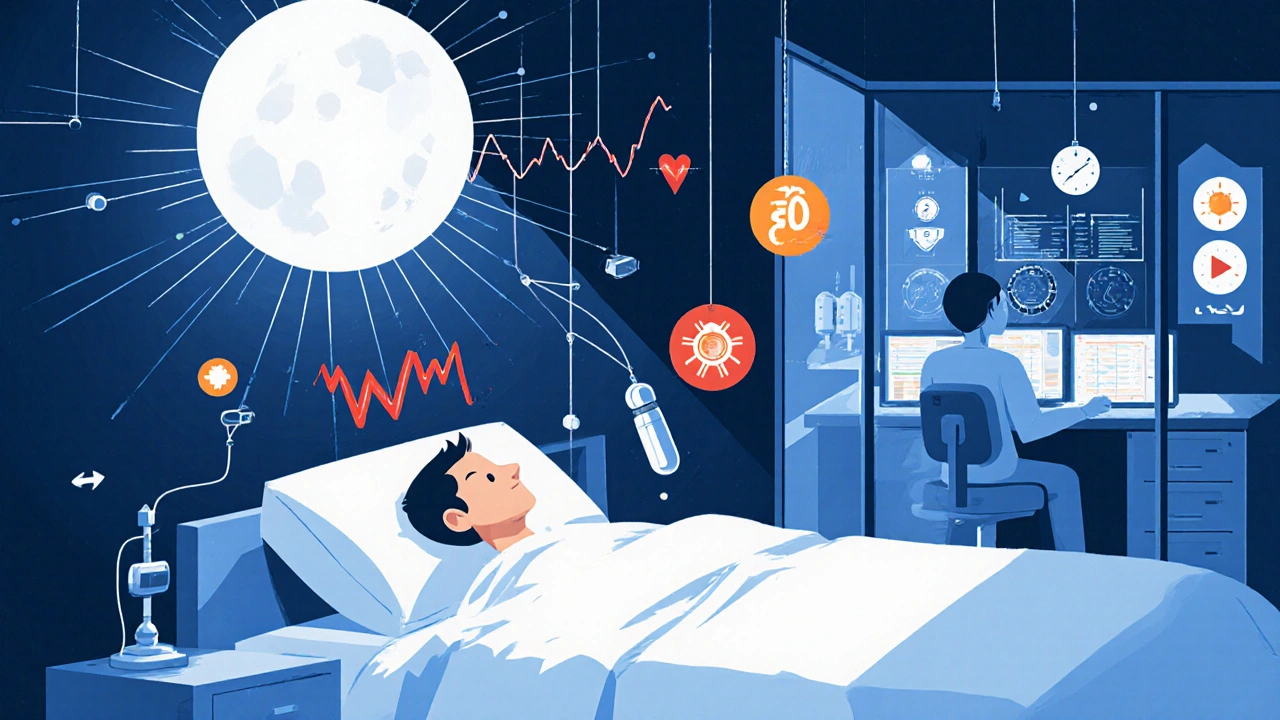
Have you ever woken up exhausted even after eight hours in bed? Or does your partner say you stop breathing at night? If so, you might be dealing with a sleep disorder-and polysomnography could be the key to finding out why.
What Exactly Is Polysomnography?
Polysomnography, often called a sleep study, is a detailed overnight test that records your body’s activity while you sleep. It’s not just about watching if you snore. It tracks brain waves, eye movements, heart rhythm, breathing patterns, oxygen levels, muscle activity, and even body position-all at once. This full picture helps doctors tell the difference between simple snoring and serious conditions like sleep apnea, narcolepsy, or restless legs syndrome. The name comes from Greek: poly (many), somno (sleep), and graphy (recording). And it’s not a new idea. For decades, it’s been the gold standard for diagnosing sleep disorders because no other test gives this much detail. Unlike home sleep tests that only check breathing, polysomnography looks at how your entire nervous system behaves during sleep. That’s why it’s still the go-to test when doctors suspect anything beyond basic obstructive sleep apnea.What Gets Measured During the Test?
You’ll be hooked up to about 20 sensors, but don’t worry-it’s not painful. Think of it like wearing a lightweight headband, a few belts around your chest and belly, and small stickers on your skin. Here’s what each one does:- EEG (electroencephalogram): Electrodes on your scalp track brain waves. This tells the technician which sleep stage you’re in-light sleep, deep sleep, or REM sleep. The transition between these stages is critical for diagnosing disorders like narcolepsy, where people jump straight into REM sleep.
- EOG (electrooculogram): Sensors near your eyes detect rapid eye movements. These happen mostly during REM sleep, and abnormal patterns can signal neurological issues.
- EMG (electromyogram): Tiny sensors on your chin and legs measure muscle tone. If your leg muscles twitch every 20 seconds, it could mean restless legs syndrome. If your jaw clenches or you act out dreams, it might be REM sleep behavior disorder.
- ECG (electrocardiogram): Monitors your heart rate and rhythm. Sleep apnea can cause dangerous drops in heart rate, and this test catches those spikes.
- Respiratory belts: Elastic bands around your chest and abdomen track how hard you’re trying to breathe. This helps tell if your airway is blocked (obstructive apnea) or if your brain isn’t sending the signal to breathe (central apnea).
- Airflow sensors: A small tube under your nose or a pressure sensor in your nostrils measures whether air is actually moving in and out.
- Pulse oximeter: A clip on your finger checks your blood oxygen levels. If they drop below 90% repeatedly, it’s a red flag for sleep apnea.
- Body position sensor: Tells if you sleep on your back-which makes breathing harder for many people.
- Audio-video recording: Cameras and microphones capture snoring, gasping, or unusual movements like sleepwalking.
How Do You Prepare for a Sleep Study?
Preparing for a polysomnography test is simple, but it matters. Here’s what you should do:- Stick to your normal sleep schedule for at least three days before the test. Don’t try to “catch up” on sleep.
- Avoid caffeine after noon. That includes coffee, tea, soda, chocolate, and even some medications.
- Don’t nap during the day. You want to be tired enough to fall asleep quickly at night.
- Wash your hair and skin before you go. Lotions, oils, or hair products can interfere with sensor adhesion.
- Bring your own pillow, pajamas, and anything else that helps you sleep-like a book or earplugs.
- Arrive 1-2 hours before your usual bedtime. The setup takes 30-45 minutes.
What’s It Like to Sleep With All Those Sensors?
Many patients worry they won’t be able to sleep. The truth? Most people do. Even if you toss and turn or wake up a few times, the data is still usable. Technicians are trained to work with this. They don’t expect perfect sleep-they expect real sleep. About 85% of people complete the test successfully. The biggest complaints? The wires feeling awkward at first, or the oxygen monitor clip being a little tight. But within 30-60 minutes, most patients forget they’re being monitored. Some even fall asleep before the technician finishes setting everything up. If you’re really anxious, talk to your doctor beforehand. Some centers offer a short practice session the day before. Others let you stay for a few hours early to get used to the equipment. And remember: there’s always a technician nearby. You’re not alone.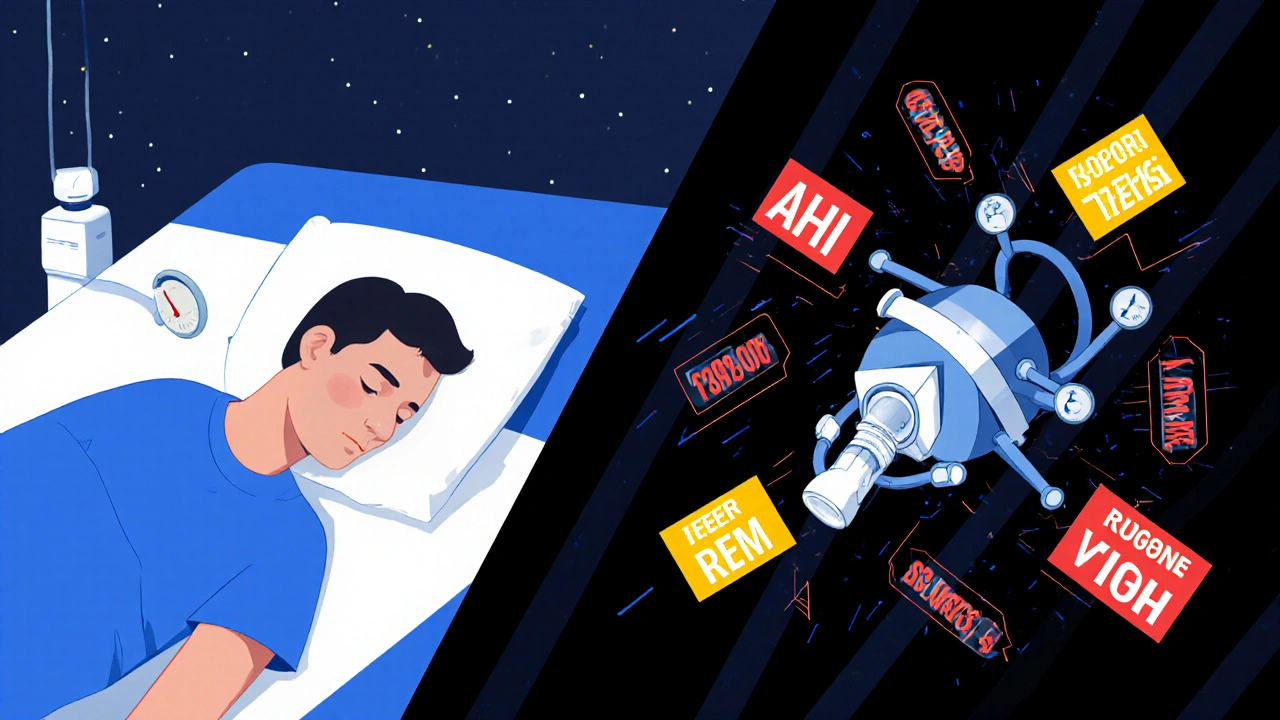
What Happens After the Test?
The next morning, the sensors come off. You’re free to go. But the real work hasn’t started yet. The machine recorded over 1,000 pages of raw data. A board-certified sleep physician spends 2-3 hours reviewing every second of your night. They look for:- How many times your breathing stopped or slowed (apneas and hypopneas)
- How low your oxygen levels dropped
- How long you spent in each sleep stage
- Whether you had abnormal movements, heart rhythm changes, or seizures
- Whether you entered REM sleep too quickly (a sign of narcolepsy)
- 5-15 events per hour: Mild
- 16-30: Moderate
- 31+: Severe
Polysomnography vs. Home Sleep Tests
Home sleep tests are cheaper and more convenient. But they only measure breathing, oxygen, and heart rate-usually three to four channels. They’re good for straightforward cases of obstructive sleep apnea in healthy adults. But here’s the catch: they fail 15-20% of the time because patients don’t wear them right, or they fall asleep without the device on. And they can’t diagnose:- Narcolepsy
- Restless legs syndrome
- REM sleep behavior disorder
- Central sleep apnea
- Nocturnal seizures
Who Needs a Polysomnography Test?
You might be a candidate if you have:- Chronic snoring with witnessed breathing pauses
- Excessive daytime sleepiness, even after a full night’s rest
- Unexplained insomnia that doesn’t respond to treatment
- Frequent nighttime awakenings with gasping or choking
- Leg jerks or movements that wake you or your partner
- Sleepwalking, screaming, or acting out dreams
- High blood pressure that won’t improve with medication
- Heart rhythm problems that started or worsened at night
What’s New in Sleep Study Technology?
Recent advances are making the test more comfortable and accurate. Wireless sensors are replacing most wires-some systems now use only five to seven connections instead of 20. Cloud-based systems let sleep doctors review data remotely, speeding up reports. AI tools are helping flag subtle patterns humans might miss, like micro-arousals or early signs of central apnea. In 2020, the American Academy of Sleep Medicine updated its technical standards to make scoring more consistent across labs. That means your results are more reliable, no matter where you go. But here’s the bottom line: despite all the tech, nothing beats an in-lab polysomnography for full-spectrum diagnosis. Even the most advanced home devices can’t replicate the precision of a sleep lab.Is It Covered by Insurance?
Most insurance plans, including Medicare, cover polysomnography when ordered for a documented medical need. Medicare typically pays 80% if you have symptoms like snoring, witnessed apneas, or daytime fatigue. Private insurers usually require a prior authorization, so your doctor will need to submit your sleep diary and symptom history. If you’re worried about cost, ask the sleep center. Many offer payment plans or discounts for uninsured patients. The cost of untreated sleep apnea-heart disease, stroke, accidents-is far higher than the test.What Do the Results Mean for You?
Your doctor will sit down with you to explain the report. If you have sleep apnea, they’ll likely recommend CPAP therapy. Most people feel better in just a few days. If it’s narcolepsy, you might need medication and scheduled naps. If it’s restless legs, iron supplements or nerve medications can help. The goal isn’t just to label your problem. It’s to fix it. And polysomnography is the first step to getting your nights-and your days-back.Is polysomnography painful?
No, polysomnography is not painful. Sensors are attached with gentle adhesive or elastic bands, and no needles or injections are involved. Some people find the wires or oxygen clip slightly uncomfortable at first, but most adjust within minutes. The test is designed to be as non-invasive as possible while still capturing accurate data.
Can I use the bathroom during the test?
Yes. The sensors are designed with quick-release connectors, so a sleep technologist can unhook you in under a minute if you need to use the bathroom. You’ll be given a call button to summon help, and many labs have a bathroom right next to your room for convenience.
How long does it take to get results?
It usually takes 1-2 weeks to get your full report. The data must be reviewed by a board-certified sleep physician, which takes 2-3 hours per patient. Some centers offer preliminary feedback the next day, but the official diagnosis and treatment plan will come after full analysis.
Do I need to sleep all night for the test to work?
No. Even if you only sleep for a few hours, as long as you’ve gone through at least one full sleep cycle-including REM and deep sleep-the data is often sufficient for diagnosis. Technicians are trained to work with partial nights, and most sleep disorders show clear signs even in limited sleep time.
Can polysomnography diagnose narcolepsy?
Yes, polysomnography is the first step in diagnosing narcolepsy. It checks if you enter REM sleep too quickly after falling asleep-a key sign of narcolepsy. But a second test, called the Multiple Sleep Latency Test (MSLT), done the next day, is needed to confirm the diagnosis by measuring how fast you fall asleep during daytime naps.
What’s the difference between obstructive and central sleep apnea?
Obstructive sleep apnea happens when your airway collapses, but your body is still trying to breathe-your chest and belly move, but no air gets through. Central sleep apnea means your brain stops sending the signal to breathe, so your chest and belly don’t move at all. Polysomnography can tell the difference by measuring breathing effort, something home tests can’t do.
Why can’t I just use a home sleep test?
Home tests are good for simple obstructive sleep apnea in healthy adults with clear symptoms. But they miss up to 20% of cases, can’t diagnose narcolepsy or limb movement disorders, and often fail because patients don’t wear them correctly. Polysomnography is the only test that gives a full picture of your sleep-brain activity, eye movements, muscle tone, heart rhythm, and breathing-all at once.
Will I need to repeat the test?
Most people only need one diagnostic polysomnography. If you start CPAP therapy, you may need a follow-up titration study to adjust pressure settings. If your symptoms return or change, your doctor might order another test. But for initial diagnosis, one study is usually enough.



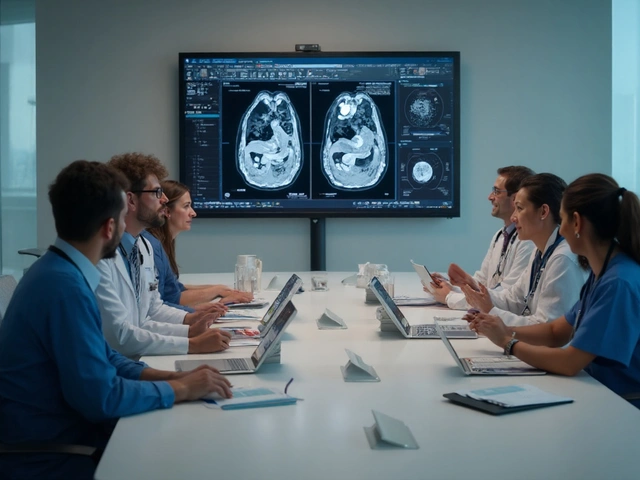
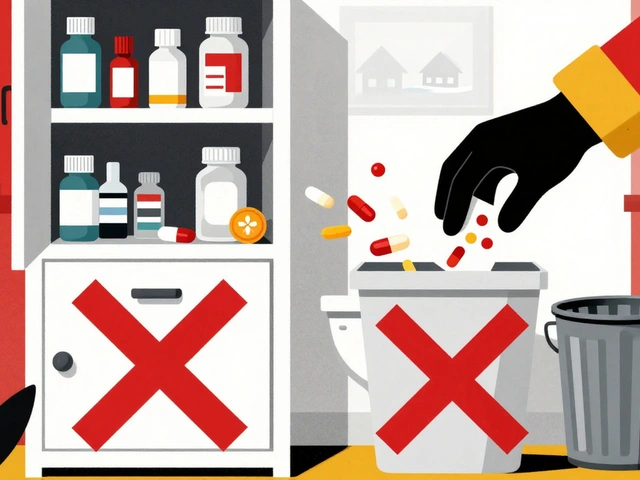
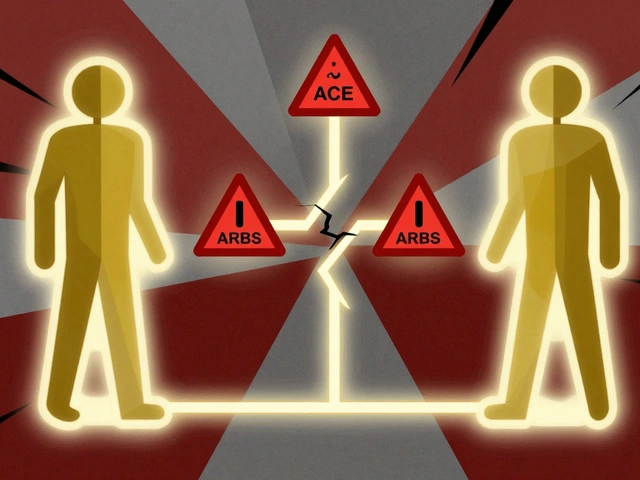
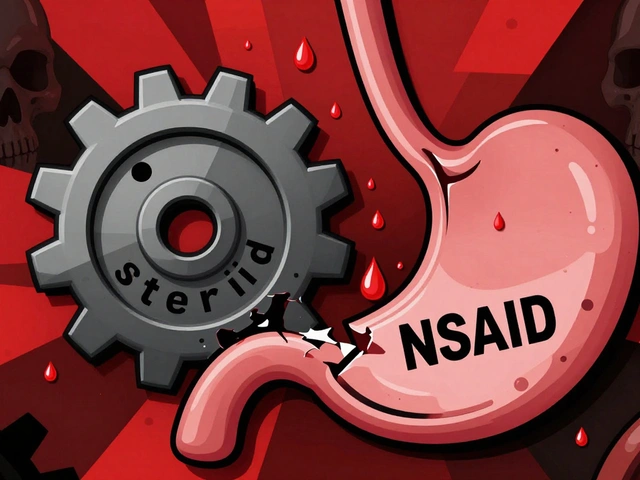
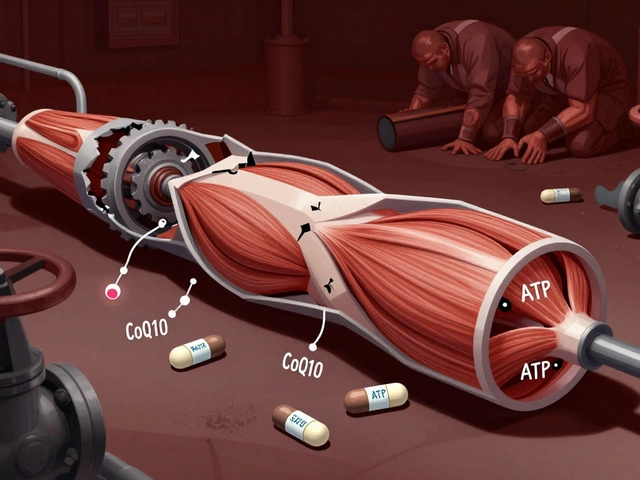
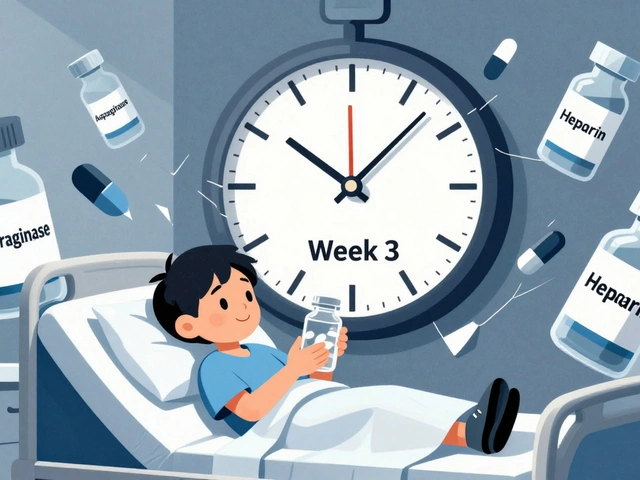
13 Comments